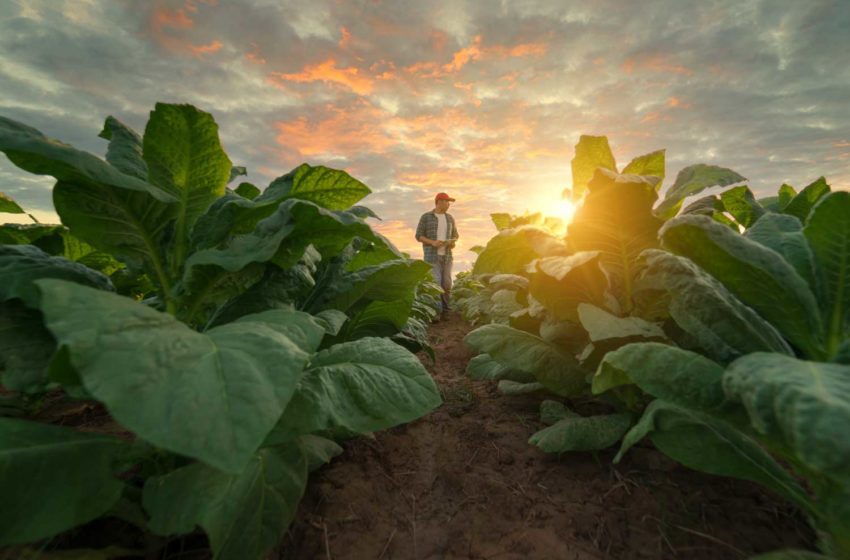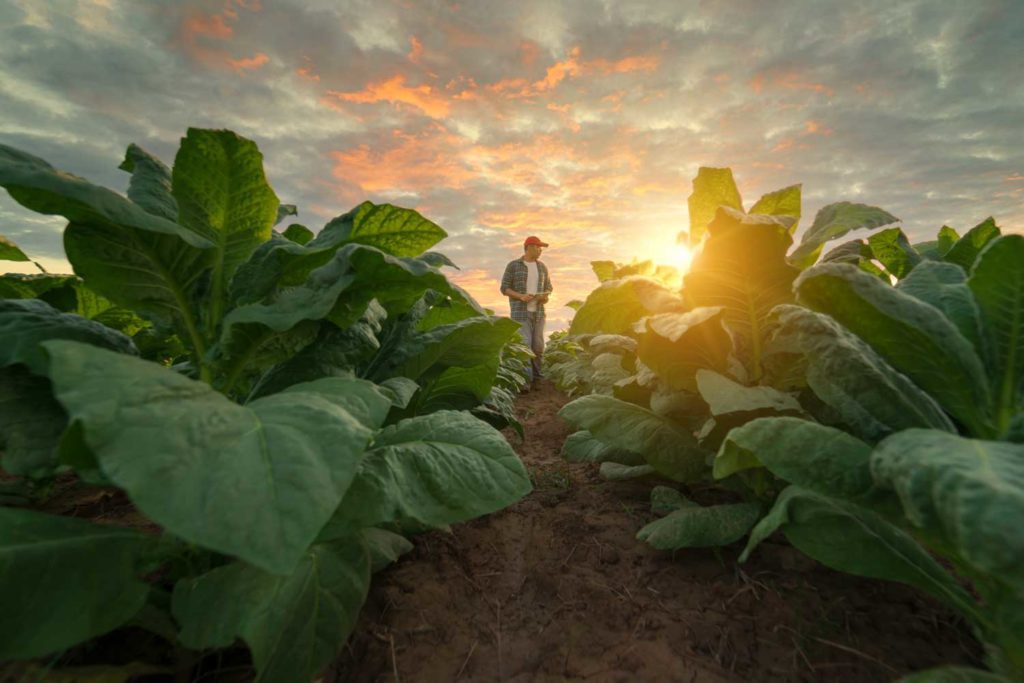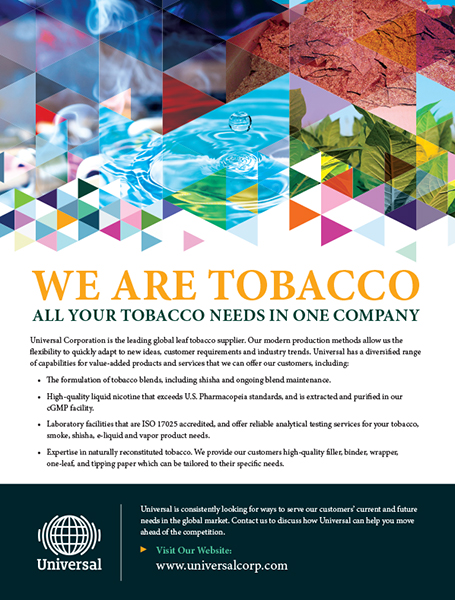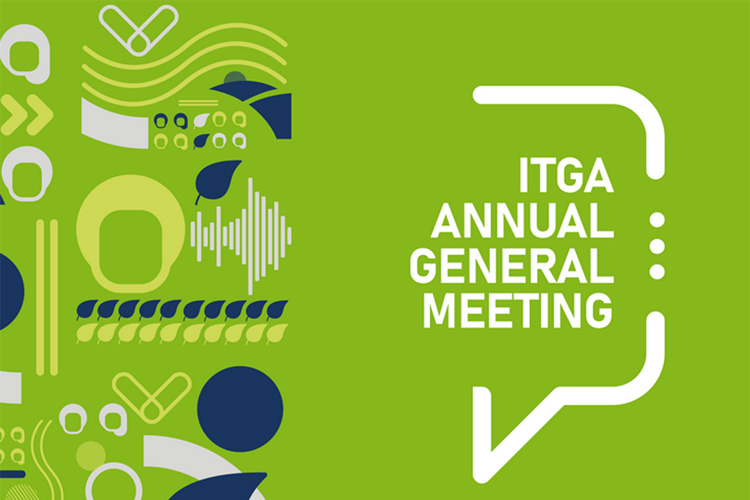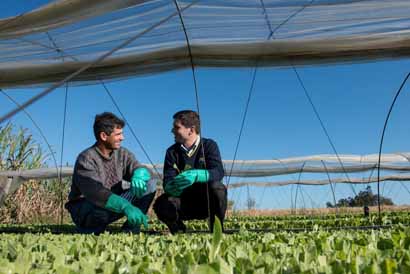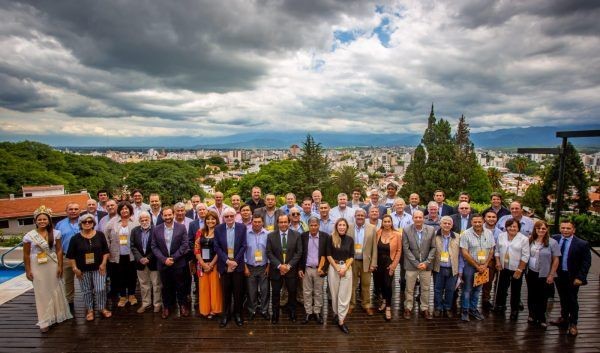
Tobacco growers’ representatives from Argentina, Brazil, Colombia, the Dominican Republic and the United States gathered in Salta, Argentina, to discuss the challenges and opportunities facing their sector during the International Tobacco Growers’ Association (ITGA) 2023 Americas Meeting.
In addition to dealing with the Covid-19 pandemic, tobacco growers have struggled with skyrocketing production cost, stagnating leaf prices and increasing regulatory pressures. To cope with the challenges, ITGA member associations have been urging their respective governments to support the sector. The ITGA urges international institutions to respect tobacco growers and include them in the debates where their future is being decided.
Key discussion points during the regional meeting included the World Health Organization’s Framework Convention on Tobacco Control (FCTC) and the Conference of the FCTC Parties (COP), which is scheduled to take place in Panama this year. ITGA representatives deplored the COP’s lack of transparency and resistance to include industry representatives in its deliberations. Since COP4 in 2010, meetings have not been held in public.
ITGA President Jose J. Aranda highlighted the steps Argentinian growers have taken to ensure the livelihoods of local farmers. Aranda underlined the multitude of threats facing tobacco, including cost of production and climate issues, and the stigmatization of the sector, which he stressed operates in a legal market and complies with all the regulations imposed on it.
ITGA CEO Mercedes Vazquez recognized the pioneering spirit of Argentinian tobacco growers and their substantial contribution to local economies. She commended Argentina’s Special Tobacco Fund, a unique provision that has enabled tobacco growers to make a dignified profit margin from their work.
Michiel Reerink, director of corporate affairs at Alliance One International, examined the global regulatory environment while Benjamin Dessart, vice president of external affairs at Universal Leaf, reviewed the latest legislative initiatives in the Americas region.
ITGA Manager of Tobacco Industry Analysis Ivan Genov evaluated the threats and opportunities for tobacco growers. These include the rising costs of production, political and economic uncertainty, along with a disequilibrium of supply and demand for tobacco leaf.
ITGA member associations shared the latest crop estimates and discussed the issues in their respective markets. Special attention was paid to the situation in the host country, Argentina, where out-of-control inflation is causing serious obstacles for growers. Argentinian associations also highlighted several sustainability initiatives to tackle social and environmental issues.
The participants in the meeting agreed that they will have to work closely together to tackle the increasing challenges facing the sector.








